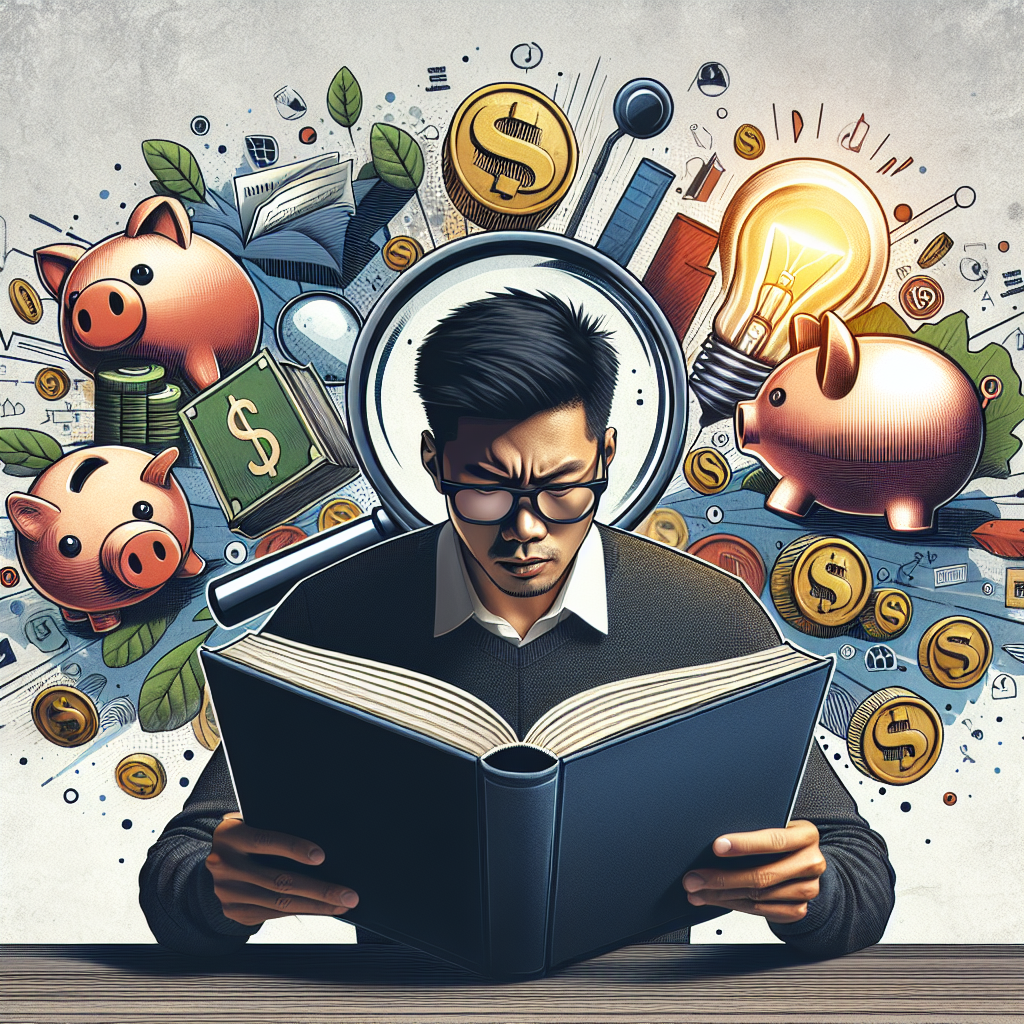Essential Insights
- Various tactics exist to help you slay credit card debt — from payoff frameworks like avalanche and snowball to consolidation tools such as balance transfer cards and personal loans.
- Your optimal repayment approach hinges on the total amount owed, your stash of savings, spending tendencies, and financial discipline.
- If tackling debt feels like swimming upstream, consulting a certified credit counselor can provide much-needed guidance.
Nearly half of American credit card holders—roughly 48%—carry a balance month-over-month, with interest rates often lingering north of 20%. This widespread scenario illustrates just how common credit card debt is across the nation.
In many cases, insufficient financial literacy around managing credit card debt compounds the problem.
“Frequently, folks get acquainted with credit and debt the hard way — when it’s already weighing heavily on them,” shares Nicole Gravish Cope, business development officer at Charles Schwab. Her team has accompanied countless debt-burdened individuals during their repayment voyages.
“Debt doesn’t discriminate; it stretches across every socioeconomic spectrum. Financial pressure is a universal language,”
— Nicole Gravish Cope, Charles Schwab
There’s no magic wand to instantly wipe out debt. That said, weaving together seven key payoff strategies can chip away at what you owe, slash your credit card APR, and steer you on the path to financial freedom.
1. Embrace the Avalanche Method
This approach suits those driven by slashing interest expenses.
The avalanche tactic zeroes in on the card with the steepest interest rates first, ensuring you safeguard your credit rating while making progress.
- Focus any extra funds on the credit card charging the highest APR.
- Once paid off, redirect payments to the debt with the next-highest rate.
For instance, if you juggle $10,000 at 30% APR alongside a $5,000 balance at 15%, the avalanche method tackles that $10,000 pileheadfirst.
Cope advises that repayment strategy choice hinges on personal habits. For those hellbent on cutting down interest outlays, the avalanche option often wins out.
“People with analytical minds gravitate towards the avalanche—attacking the highest interest debt first before moving down the list.”
— Nicole Gravish Cope
While this is often the most cost-effective route, consistency is key; stray from the plan, and the savings evaporate.
2. Give the Snowball Method a Shot
This technique is tailor-made for those fueled by incremental victories.
With the snowball, debts are knocked off smallest to biggest, regardless of interest rate. The core steps are:
- Rank debts by balance size from minuscule to massive.
- Maintain minimum payments on all debts.
- Zero in on clearing the smallest balance first.
- Once that’s done, funnel extra funds toward the next smallest debt.
Paying off a debt quickly can ignite motivation to stick to the game plan.
“If folks crave quick wins and want the number of debts shrinking fast, the snowball method hits the spot.”
— Nicole Gravish Cope
For example, between a $10k balance at 30% APR and a $5k balance at 15%, the snowball has you crush the $5k debt upfront.
3. Weigh a Balance Transfer Credit Card
This might be your jam if you’re primed to wipe out debt swiftly while minimizing interest.
If your credit history remains solid despite outstanding balances—often thanks to timely minimum payments—a balance transfer card can freeze accruing interest during repayment.
The introductory 0% APR deal, usually spanning 12 to 21 months, lets you shift high-interest balances onto a card with no interest during that window. Clearing your balance within this timeframe saves you a bundle.
Note: Post-promotion, the APR jumps, potentially matching regular credit card rates, so lingering debt could feel just as burdensome.
Cope recommends pondering three things before diving in:
- Is there a balance transfer fee?
- Can you realistically clear the debt within the no-interest period?
- Does the APR after promotional rates remain lower than your current debts?
Did You Know?
According to Wikipedia, approximately 45% of credit card users in the U.S. carry a balance each month, and the average credit card interest rate hovers around 16%, though it can soar higher depending on creditworthiness and card type.
4. Craft a Realistic Budget
Unsure where your dollars are slipping away? Budgeting can illuminate your cash flow.
Some folks fall into debt due to unexpected medical bills, emergencies, or inflationary pressures. Others spiral into credit card debt from impulsive shopping sprees triggered by stress or habit.
Cope reveals many clients are daunted by even starting a budget:
“Without a solid budgeting foundation, juggling credit and debt becomes a real uphill climb.”
— Nicole Gravish Cope
Begin by listing income and expenses, then identify leftover funds. A budget helps track spending patterns and allocates money toward debt repayment before splurging on dining out, fashion, or entertainment.
5. Boost Your Earnings
When your current income barely covers essentials and debt, it’s time to consider padding your paycheck.
If your budget accounts for bills and debt but still leaves you in the red, take steps to earn extra cash—be it overtime hours, negotiating a raise, or launching a side hustle.
Recent data shows more than one-third of Americans (36%) have a side hustle, with 20% of them channeling that income to pay off debts.
Ask yourself:
- Do you possess skills you can monetize?
- Is your weekend calendar open for gigs?
- What doors can your personal network open?
Integrating this supplemental income into your budget can accelerate your debt payoff journey.
6. Switch to Cold Hard Cash
Looking to curb credit card temptation? Paying with cash can be a game-changer.
Not only does using cash block new debt from piling up, but it often reduces spending overall—handing over bills feels more real than swiping plastic. Once the cash is spent, that’s it, forcing you to plan your purchases with intention.
7. Explore Debt Consolidation Loans
If managing multiple credit card bills feels like juggling flaming torches, debt consolidation could simplify your financial life.
This approach lets you bundle several debts into one manageable monthly payment—ideally with a lower interest rate than your existing cards. Make your payments on time, and you might even see your credit score take a positive hit.
Managing Your Credit Score Amid Debt
What Impact Does Credit Card Debt Have?
Applying for a new credit card or a balance transfer triggers a hard credit inquiry, which can temporarily ding your score.
Credit utilization is a heavyweight factor in scoring models—it reflects how much of your total available credit you’re tapping into. For example, maxed-out five cards hurt your score much more than six cards with low balances.
Payment history is equally critical. Skipped or late payments stemming from credit card debt can damage your credit standing.
When Will My Credit Score Reflect Debt Payoff?
Lenders report account activity after each billing cycle closes, so expect a wait time of about 30 to 60 days before seeing credit score changes post-payment.



